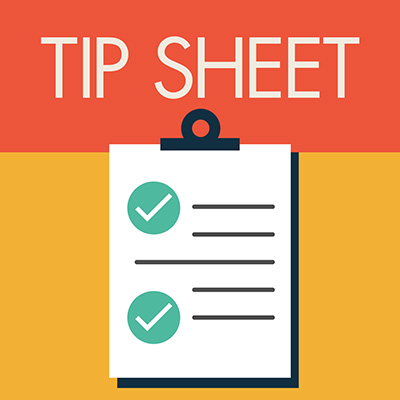 Introduction
Introduction
Young children learn best when they play and explore their environment with caring and supportive adults. One of the main goals of the home-based program option is to support parents in using the home as a learning environment. It is important for home visitors to help parents understand how they influence their children's development every time they interact throughout the day.
Home visitors and parents can talk about learning opportunities in everyday routines and in the home environment, like the following:
- Learning takes place during play
- Learning takes place during everyday interactions and routines
Strategies
Home visitors can start the conversation with parents during their joint planning time by asking, "What materials do you have in your home that your child can play and learn with?"
Learning can take place during everyday routines. For example, parents can:
- Describe colors, sizes, and textures when sorting clothing
- Ask the child to help find all the red socks or help place folded clothes into a pile
These simple interactions build the parent's relationship with the child and lets the child explore sorting and one-to-one correspondence.
Learning can take place with everyday items. For example, children can use:
- Plastic storage containers or pots and pans and a wooden spoon as noise-making instruments
- Empty shoe or tissue boxes, stuffed with junk mail or newspaper and taped shut, as building blocks
- Muffin pans to sort objects
- Plastic containers with lids to stack according to shape and size
When talking with parents, home visitors can emphasize that while materials can support play, how parents interact with their child while they are playing with materials together has the greatest impact on the child's learning and development. Home visitors can remind parents that while playing with materials, they can coo, talk, and sing with their child in the languages they know best, and take delight in how their child explores the home.
 Play materials found in the home should have the following characteristics:
Play materials found in the home should have the following characteristics:
- Be safe. Play materials for all children, including children with suspected delays or diagnosed disabilities, must be safe, durable, washable, and able to be sanitized.
- Be open-ended. Materials that can be used by many different ages, developmental levels, and in a variety of ways promote children's curiosity, exploration, discovery, and imagination.
Examples of open-ended play materials often found in the home:- Use bandannas, scarves, or fabric swatches to play peek-a-boo, to feel and snuggle, or to dangle above a baby to track, bat at, and grab. Older children can use bandannas and scarves in movement experiences and pretend play
- Use empty food containers like powdered drinks, parmesan cheese, or water bottles to roll around, as a shaker noise maker, or fill up with smaller objects and dump out.
- Use laundry baskets to push or pull, get in and out of, toss objects into, and insert small objects into the holes along the sides of the basket
- Preschool children can use collections of household and natural objects such as buttons, keys, shells, stones, leaves, and pine cones to explore, count, and sort in a variety of ways*
- Use egg cartons with preschoolers to count, show one-to-one correspondence, and sort sets of small objects
*The following toys or objects should not be within reach of children under 3 years old:
- Toys or objects with removable parts that are less than 1.25 inches in diameter and between 1–2.25 inches in length
- Balls and toys with spherical, ovoid (egg-shaped), or elliptical parts that are smaller than 1.75 inches in diameter
- Toys or objects with sharp points and edges
- Latex gloves, rubber or latex balloons, magnets, batteries, glitter
- Plastic bags, Styrofoam objects, coins, safety pins, marbles, foam blocks, bulletin board tacks, or other small objects
*Adapted from: National Resource Center for Health and Safety in Child Care and Early Education, Caring for Our Kids: National Health and Safety Performance Standards Guidelines for Early Care and Education Programs, 3rd ed.
The home visitor can encourage parents to take time between home visits to notice things around the home to use in play and learning experiences. If a child has an Individualized Family Service Plan (IFSP) or Individualized Education Program (IEP), therapists or specialists may suggest ways to adapt materials at home so the child can use them.
Head Start Program Performance Standards
It is best if socialization experiences are linked to home visits. When planning, home visitors should consider including materials found in the families' homes in the socialization environment. This can reduce a child's fears and the stress of group play. It is also a good way to engage parents in planning for socializations.
Home-based option, 45 CFR §1302.22:
- (a) Setting
- (d) Safety requirements
Education in home-based programs, 45 CFR §1302.35:
- (b)(1) Home-based program design
- (c)(3) Home visit experiences
- (e)(1)–(3) Group socialization
Safety practices, 45 CFR §1302.47:
- (b)(1)(ii)-(viii) Facilities
« Go to Head Start Tip Sheets for Grantee Planning
Read more:
Resource Type: Article
National Centers: Early Childhood Development, Teaching and Learning
Last Updated: November 10, 2022